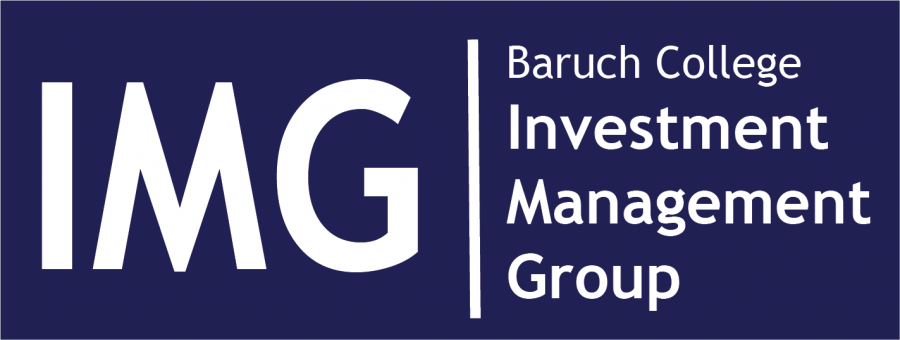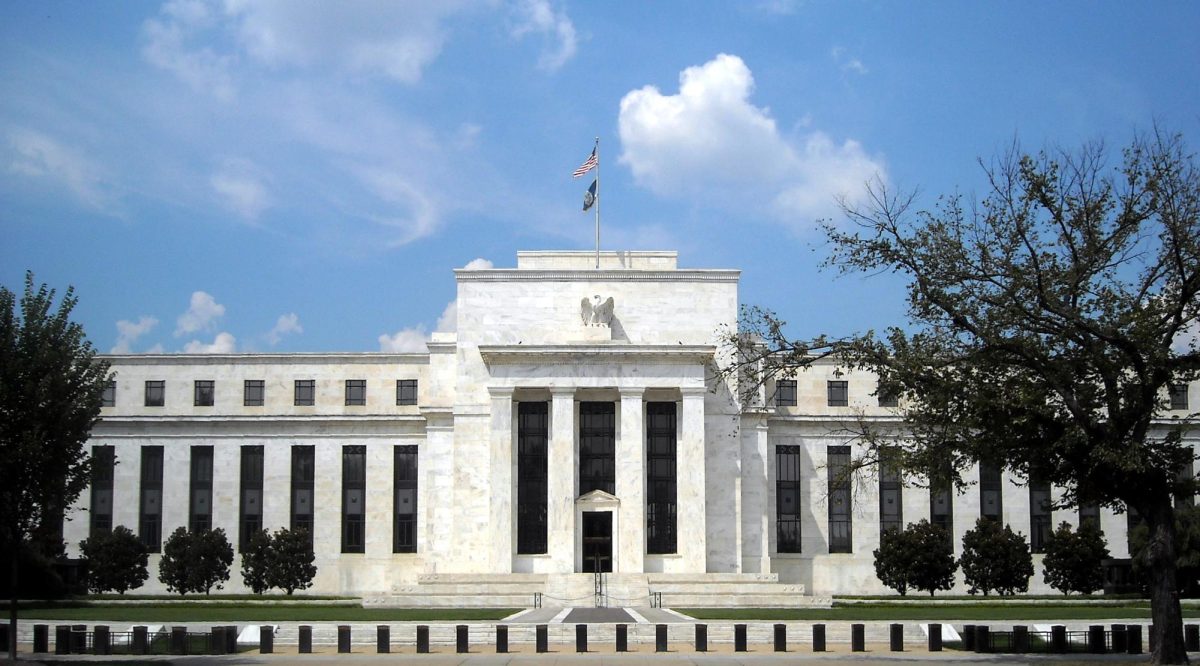The U.S. equities market ended the first quarter of 2019 on a very strong note with the S&P 500 gaining 13.41, the best since 1998. It was largely driven by improving trade talks with China, accommodative monetary policy statements coming out of Federal Reserve and strong economic reports.
The highlight was the yield curve inversion near the end of the quarter, when the 10-year treasury note’s yield dipped below the three-month treasury yield. This caused the market to sell off two days in a row because it has historically preceded an economic recession. But the market recovered back to a year-to-date high after the inversion went away before the end of the quarter.
Information Technology was the best performing sector as it was up 19 percent. About 11 percent of the return came from just five companies: Apple, Microsoft, Cisco Systems, Visa and Mastercard.
The remaining 9 percent came from semiconductor and software companies. Real Estate was the second-best performing sector at 17.51 percent and four major companies were responsible for around 7 percent of the remaining return.
Though the industrial sector was the best performing sector between February and early March, it ended the quarter in third place at 17 percent.
Boeing stock performance near the end of the quarter played a major role in bringing down sector performance. The company represents a whooping 9 percent of the sector.
On the other hand, healthcare was the worst performing sector at 6.45 percent followed up by financials at 8.49 percent; both sectors underperformed the market. Healthcare underperformance was driven by a negative outlook on some of the major industries.
As we head into the 2020 election where healthcare is the No. 1 voter issue, the market is bracing for a big shake up as a result of increasing rhetoric from both sides of the political spectrum.
Hot issues such as universal healthcare and drug pricing are on the agenda.
While pharmaceutical companies and healthcare providers are getting hurt the most, healthcare equipment makers have been able to stay out of the crossfire.
As we enter into the second quarter with the earnings season kicking off in the middle of April, one thing to keep an eye on is for signs regarding a corporate earnings recession.
The current estimate for S&P 500 2019 quarter one EPS growth is at 4.2 percent according to FactSet and if the companies report negative earnings growth, it will be the first year-over-year decline since quarter two of 2016.








